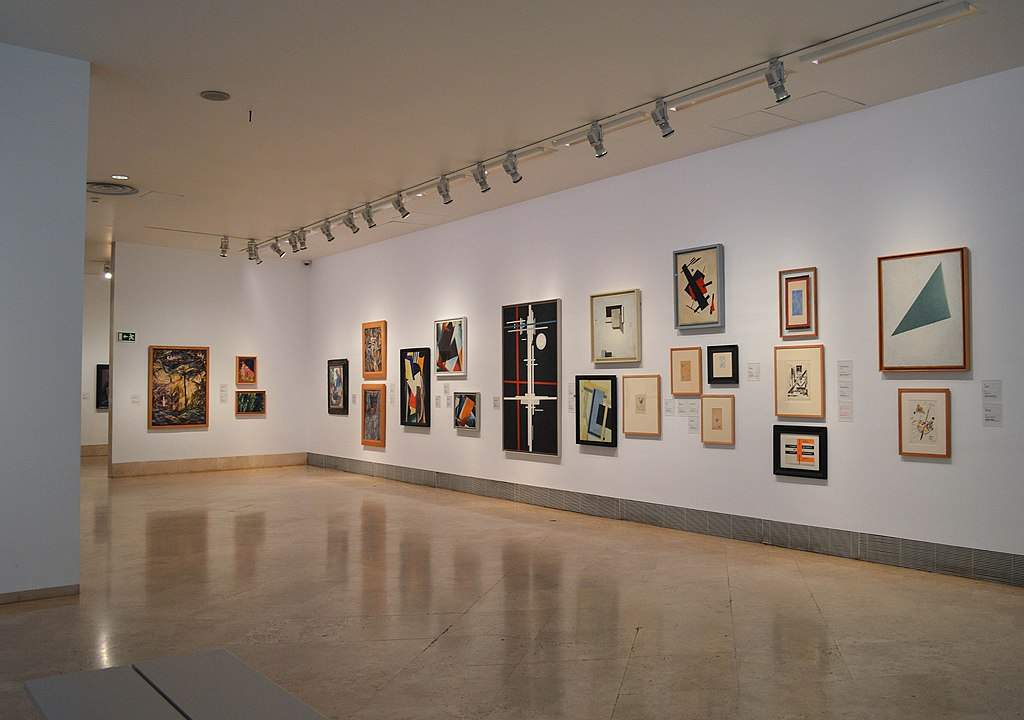Spain, museums reopen. The protocol (to be approved): no mask requirement, but supervised visits
Museums in Spain will reopen on Monday, May 11, in areas that will be able to move to the so-called “phase 2”: in fact, the approach in the Iberian country is different than in Italy (where there is a single national “phase 2,” with very few and strictly controlled regional deviations), since the Spanish restart will be on a regional basis. Moreover, in Spain they have decided to adopt a ... different numbering: our “phase 1” for them is “phase 0,” and consequently what is “phase 2” for us is “phase 1” for them. But regardless of the nomenclatures, what will be the areas that will restart on Monday? Here they are: Galicia, Asturias, Cantabria, the Basque Country, La Rioja, Navarre, Aragon, Extremadura, the Murcia region, the Canary Islands, the Balearic Islands, and the extraterritorial cities of Ceuta and Melilla. Instead, Madrid, Catalonia, Castile and Leon, the Valencian Community, Andalusia, and Castile-La Mancha will remain closed in whole or in part (some provinces may already reopen, while others will maintain their restrictive measures).
The second phase, in Spain, provides for family reunifications (up to a maximum of ten people, at home), funerals up to a maximum of 15 people, reopening of retail, reopening of hotels (except for common areas), reopening of restaurants with outdoor spaces (to 50% of capacity), churches to 33% of capacity, and also the reopening of museums.
For museums, there is still no protocol from the Ministry of Culture, but guidelines decided by the Institutopara la Calidad Turística Española (“Institute for Quality Spanish Tourist Quality”), an agency of the Ministry of Industry, Trade and Tourism, and drafted by experts from Spain’s national committee of Icomos (International Council on Monuments and Sites) and major museums such as the Reina Sofía, Thyssen-Bornemisza, Museu d’Art Contemporani in Barcelona and others. The regulations are under review by the Ministry of Health and approval is expected soon.The document is not yet publicly accessible, but its contents have been made known by several Spanish newspapers.
Here is what the protocllo provides. Meanwhile, access to the museum will be restricted based on the size and thus the capacity of the rooms. Access will then be allowed only by reservation and temperature measurement. As for visiting inside the museum, it is suggested that a marked one-way route be created so as to minimize contact between people. In the rooms of greatest interest to the public (e.g., where there is a particularly popular work of art), personnel should be arranged to control access and indicate to visitors the positions in which to settle during the visit in order to maintain safe distances.
Visitors should be adequately informed with signs about safety measures. Illustrative leaflets should be removed: if this is not possible, they should be handed out individually. Always visitors will be strictly required to maintain safe distances from each other throughout the visit, and should find rooms properly cleaned and disinfected: if it is not possible to clean the rooms, they will be closed. If it is not possible to maintain the distances, visitors will be obliged to wear face masks (in fact, therefore, the obligation does not exist in the case where interpersonal safety distance can be observed). As for group visits, they will be allowed, but under different conditions: museums will have to determine the limit of group members, the modalities of the visit, and the use of possible route restrictions. Again, no mask requirement for groups: it will be necessary only if minimum safety distances cannot be observed. Audioguides will be disinfected after each use and stored in spaces where contact can be avoided. As for earphones, each visitor will use his or her own, or disposable earphones will be used.
As for checkrooms, this service is effectively abolished: museums will not be able to handle visitors’ belongings or take charge of their clothing. Only backpacks or bulky items (such as umbrellas) will be allowed to be left, and these will be placed in special bags provided by the museum and handled by visitors. In all lockers where items will be stored, disinfectant gel will be made available. Nurseries will then be closed: they may be opened only for urgent cases and disinfected after use.
Museum staff will have to avoid any physical contact with colleagues and visitors, and maintain a safe distance of at least two meters. Handshaking is prohibited, and there will be an obligation to wear a protective mask (which must be discarded at the end of the day). Any personal hygiene devices (e.g. handkerchiefs) will have to be immediately disposed of after use, inside designated containers. Staff should also wash their hands frequently with soap and water or a hydroalcoholic solution that the museum is required to provide, for at least 40 seconds. Items of personal use (glasses, cell phones, pens and the like) will need to be disinfected frequently. As for clothing, it will be mandatory to wash it at a minimum of 60 degrees.
Finally, museums will form risk identification and management committees: they will be tasked with defining strategies and decisions to minimize sanitation risks. They will then be obliged to have personal protective equipment at all times: if this material is missing, access to the museum could be restricted or stopped for the safety of visitors and staff.
Photo: a room in the Thyssen-Bornemisza Museum. Ph. Credit Francisco Anzola
 |
| Spain, museums reopen. The protocol (to be approved): no mask requirement, but supervised visits |
Warning: the translation into English of the original Italian article was created using automatic tools. We undertake to review all articles, but we do not guarantee the total absence of inaccuracies in the translation due to the program. You can find the original by clicking on the ITA button. If you find any mistake,please contact us.





























